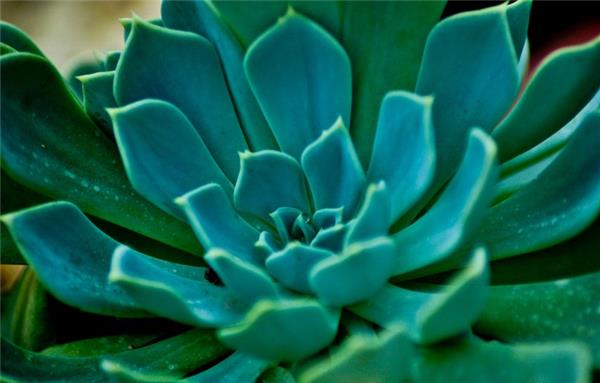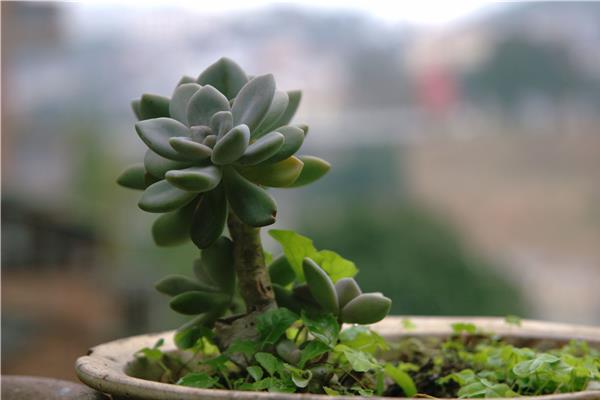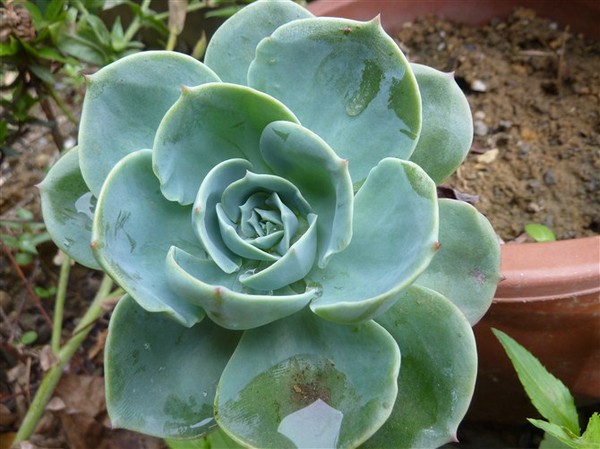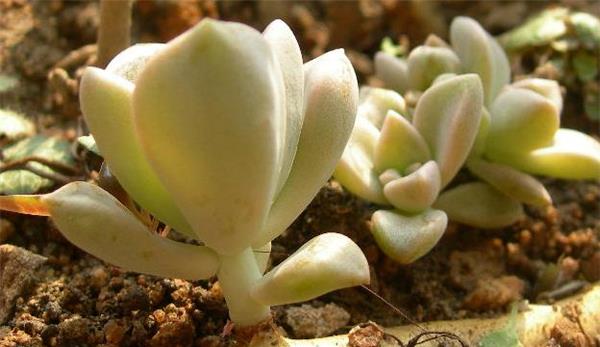A thick-skinned culture method
Thick skin this name is not very good, does not describe a person, here refers to a kind of plant, thick skin needs to master certain skills in the breeding process, let's take a look at the thick skin breeding method.
A thick-skinned culture method
1: reproduction
The breeding method of cheeky skin is mostly the insertion method. Generally choose relatively full branches, 8-10 cm is appropriate, cut off in a ventilated place to dry, and then inserted into the culture soil, and its appropriate watering, about 3 weeks later can be fed. Most of the top branches are selected in this method, but there is also a single leaf that can be inserted into the sand bed to take root in about 4 weeks. When the root is about 2 cm long, it can be unearthed and managed in the basin.

2: change the basin
Thick skin is a fast-growing plant, which usually needs to be changed every spring. Part of the old soil should be replaced and some fresh soil should be replaced when changing the basin. In order to ensure that the thick-skinned plant shape is plump and the branches and leaves are luxuriant, it is best not to apply too much fertilizer. In the thick skin growth period, can be watered 2-3 times a week, hot and humid environment, it is necessary to reduce the number of watering. If there is a real lack of water, you can spray water on the leaves to prevent waterlogging, and the thick skin itself is resistant to drought, which is not without effect.
3: trim
In order to ensure the luxuriance of thick-skinned plants, it is generally necessary to prune the branches and leaves, maintain its original shape, and cut the old leaves and yellow leaves, and then leave fresh branches and leaves. At the same time, the plants should not be trimmed too much at one time, and the plants will be hurt.

4: water and fertilizer management
The shameless principle of proper watering needs to be strictly followed. Summer climate is dry, the temperature is too high, should give more water supplement, but should not be directly poured in the soil, will cause rotting root phenomenon, the soil should be dry before watering, but can be sprayed on the leaves to replenish water. Watering in winter should be controlled, watering once every semimonthly, which is 1/2 of the amount of water in summer. Fertilizing more in summer and reducing the times of fertilization in winter.
5: diseases and insect pests
In order to prevent diseases and insect pests, the only way is to spray pesticides, pesticide concentration should not be too heavy, the main diseases are charcoal disease and leaf spot disease, can be sprayed with 1000 times of methyl topiramate.

Matters needing attention for thick-skinned breeding:
1. Heart-picking: the thick-skinned seedlings in the new pot should be picked out in time to promote branching; for the older plants, the stem is semi-Lignified, detached and more curved and not erect, and the ornamental value is reduced, so it should be cut short to sprout new branches.
2. Illumination: shade of thick-skinned plants is needed in summer, and there should be sufficient light in other seasons, otherwise the color of the leaf edge will disappear.
3. Change the basin: when changing the basin for the thick-skinned bonsai, you need to leave some old soil, and then add some fresh soil. When fertilizing, you don't need too much. During the growing period, you can water it about twice a week, not too much, but in a hot and humid environment, you need to water too many times. Spray some water mist on the branches and leaves to keep the living environment moist.

I believe that after reading the above articles, you have a certain understanding of the relevant contents of the cheeky breeding methods. I hope the above contents can be explained to you, and please continue to follow our website for more wonderful content.
Related
- Wuhan Hospital Iron Tree Blooming Result Was Instantly Frightened by the Gardener Master
- Which variety of camellia is the most fragrant and best? Which one do you like best?
- What is the small blue coat, the breeding methods and matters needing attention of the succulent plant
- Dormancy time and maintenance management of succulent plants during dormancy
- Minas succulent how to raise, Minas succulent plant pictures
- What are the varieties of winter succulent plants
- How to raise succulent plants in twelve rolls? let's take a look at some experience of breeding twelve rolls.
- Attention should be paid to water control for succulent plants during dormant period (winter and summer)
- Watering experience of twelve rolls of succulent plants
- Techniques for fertilizing succulent plants. An article will let you know how to fertilize succulent plants.



